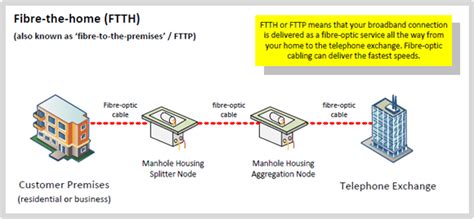By Julian Macassey
These days pretty much everyone has Internet access, whether it is via a smart phone, library or school terminal or top of the line laptop.
Not only has the number of Internet users exploded in the last couple of decades, but what we do on the Internet has expanded dramatically.
Before affordable computers that could display colors and graphics the Internet was a small group of universities, military installations and computer and telecom companies. Then in the mid-1990s the World Wide Web (www) entered. First an application at CERN which stands for “Conseil Européen Pour la Recherche Nucléaire” which is based in Geneva, Switzerland. The World Wide Web was designed at CERN so scientists could easily collaborate with the addition of graphs, charts, photographs and data bases.
To use the early web sites required what at the time was an expensive computer workstation, but you also needed what was then high speed access.
For the everyday user, technology improved bringing what was the high speed modems of the day and computers with enough storage, processor speed and high definition color monitors to let anyone access the Internet and read the news, buy a book and send digital photos to friends and family.
In those days the equipment was just adequate, but on today’s web a 1990s computer would limp along, if it could connect at all.
Todays Internet has gone beyond e-mail and web browsing.
Video teleconferencing, movie streaming, online gaming, telephone calls, video doorbells, alarm systems, tele-medicine, VPNs to companies to allow working from home and computer backup are all applications using the Internet.
Today, without good broadband if you use some of the modern Internet apps, you can’t use several on once sometimes not all, or with timeouts and delays. For example if someone in the house is using a teleconference app, no one else can stream a movie at the same time without impacting each other.

For years there has been an ill defined term “Broadband”, a term like the road description “Highway”, usually just means a better road. It used to mean a gravel road that was wide enough and always open. Now it often refers to a four lane Interstate. When Broadband is talked about today, it means a Fiber Optic cable connected to the home carrying at least one Gigabit of data, in and out of the house. This system is called Fiber To
The Home (FTTH). Internet access via a cable company is usually 25 Megabits a second, adequate most of the time. A fiber optic cable can supply one Gigabit per second, that’s 400 times faster than a cable connection and nearly 200,000 times faster than a 1990s dial up modem. Times have changed.
We have in about thirty years changed what we consider a trail in the woods to a four lane super-highway. That’s what we need today to do all the amazing things people take for granted and demand. High speed internet is a utility that will impact life and commerce in the future just as electricity and telephones did 90 years ago.
When it comes to fiber optic cables, Tillamook County is lucky. An Inter Government Agency called Tillamook Lightwave has been installing fiber optic cables on power poles, under streets and along the railway line. This is a good start that can be used to start delivering high speed internet access to the residents of Tillamook County. The days of users driving into Hillsboro to get enough bandwidth to upgrade an operating system will become a dim memory.
Watch for more updates about Tillamook Lightwave and the partnerships to provide FTTH (Fiber-to-the-Home) and access to high speed internet for all.

